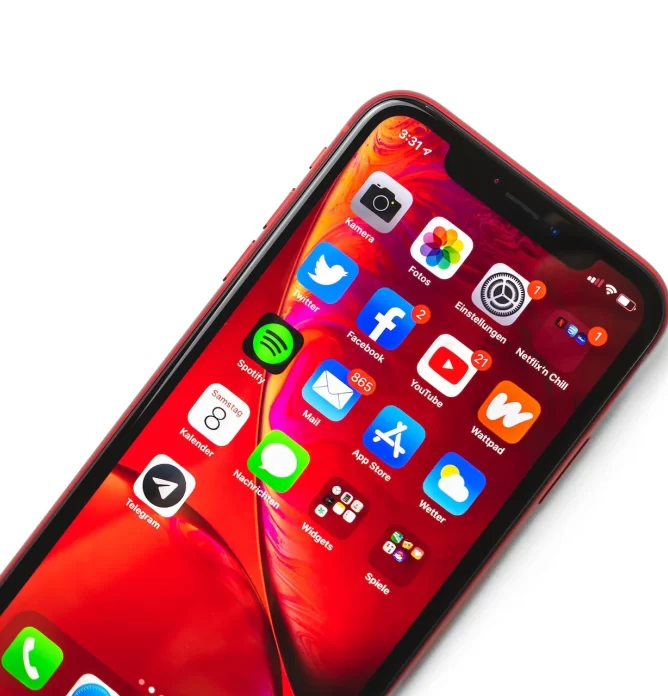The integration of "mailto", "tel", and "sms" links into websites and digital content has become increasingly common, and can even be a necessity. These tools not only offer convenience but also enhance user engagement through their simplicity and effectiveness. Let’s examine each of these link types in further detail.
Mailto Links: Simplifying Email Communication
The "mailto" link is a staple in digital communication, known for its straightforward approach to sending emails. When clicked, it opens your default email client, with the recipient's email address already filled in.
Example Use: <a href="mailto:[email protected]">Send us an email</a>
Options:
- Subject Line: You can add a subject to your email by appending
?subject=Your Subjectto the link. - CC and BCC: To add carbon copy (CC) or blind carbon copy (BCC) recipients, use
&[email protected]and&[email protected]. - Body Text: To include predefined body text, use
&body=Your message here.
Tel Links: Instant Phone Connections
The "tel" link, particularly useful on mobile devices, facilitates immediate phone connections. By clicking a "tel" link, your device initiates a call to the specified number, streamlining the process of contacting businesses or services.
Example Use: <a href="tel:+123456789">Call us now</a>
Options:
- International and Local Formats: The "tel" link supports both international (
+1-234-567-8901) and local (123-456-7890) phone number formats.
SMS Links: Text Messaging Made Easy
The "sms" link is a newer feature but equally impactful. It enables users to start text messages quickly and efficiently, with the option to pre-fill the message content.
Example Use: <a href="sms:+123456789?body=Hello!">Send us a text</a>
Options:
- Message Body: Similar to "mailto", you can include a pre-written message using
?body=Your message.
By incorporating these links into your digital platforms, you offer a more user-friendly and efficient experience. Each link type, "mailto", "tel", and "sms", serves a unique purpose, catering to different communication preferences. Understanding and utilizing these tools effectively can significantly enhance the way we connect to each other in the digital world.

